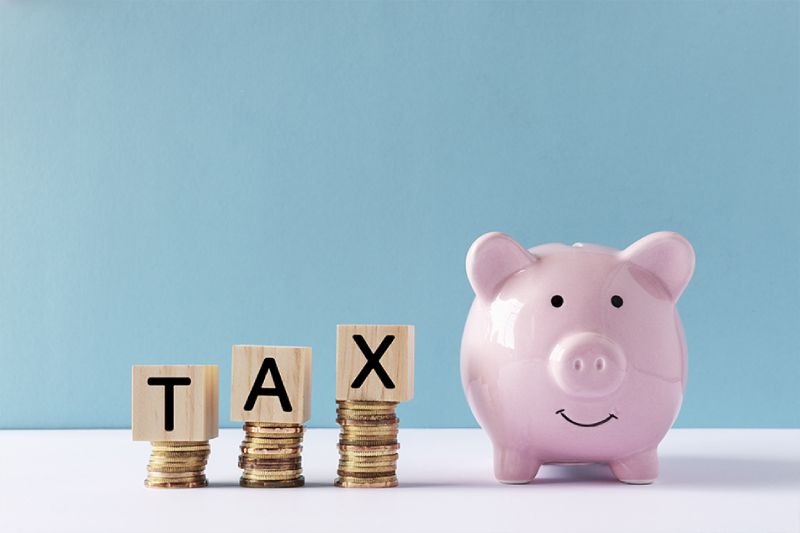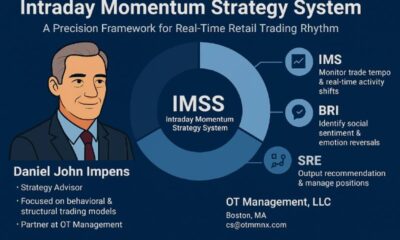Business
Investments That are 100% Tax-free: Savings Alternatives For Salaried Workers

The current fiscal year’s tax-saving investment deadline is quickly approaching, so taxpayers must choose wisely by taking into account a number of criteria. These variables include, but are not limited to, lock-in durations, early withdrawal penalties, interest income taxes, and maturity amounts. The taxability of investment returns becomes especially important for people in higher income tax bands, which is why investments that give tax-free returns are so appealing.
Salaried individuals will be able to select between the old and new tax regimes in the fiscal year 2023–2024. The new system offers lower tax rates but fewer deductions and exemptions than the previous one, which permits tax deductions and exemptions. Therefore, before choosing a choice, people should evaluate their final tax obligations under both regimes. Choosing the right tax-saving solutions is equally important even if the previous tax system turns out to be more advantageous.
Four tax-saving investment strategies are listed below that not only assist people save income taxes but also yield profits on which no taxes are due. It’s crucial to remember that only individuals who choose to use the previous tax system are eligible for these tax advantages.
PPF, or the Public Provident Fund:
Investors in the Public Provident Fund (PPF) can lower their taxable income under Section 80C. Because this scheme is in the “exempt-exempt-exempt” (EEE) category, investors are free from paying taxes on the amount they invested and the interest they earn, as well as the maturity amount. Because the PPF plan is backed by a sovereign guarantee, it provides excellent security. There is a 15-year lock-in period during which time people can take use of a lending facility and, under certain circumstances, withdraw money early.
Sukanya Samriddhi Yojana (SSY):
SSY is a deposit program designed for girls under the government’s “Beti Bachao, Beti Padhao” initiative. Like PPF, SSY has the EEE tax status, which exempts the invested amount, interest received, and maturity amount from taxes. The plan has a 21-year lock-in term and permits early withdrawal under specific circumstances.
Both The Voluntary Provident Fund (VPF) and the Employees Provident Fund (EPF):
Salaried people who are enrolled in the Employee Provident Fund (EPF) must contribute 12% of their salary in order to be eligible for a Section 80C deduction. Under the same rules that apply to EPF, more contributions may be made to VPF. Because the EPF system is run by the government, it provides the highest level of security. As long as contribution caps are not surpassed, contributions to EPF and VPF are eligible for EEE tax status, which includes tax exemptions on the invested amount, interest earned, and maturity amount.
A number of elements must be carefully considered when choosing the best tax-saving investment option to ensure both tax savings and competitive returns. When making investing decisions, people must consider their tax implications, risk tolerance, and investment goals.
-

 Sports4 weeks ago
Sports4 weeks agoFIFA Club World Cup 2025: Complete List of Qualified Teams and Groups
-

 Sports3 weeks ago
Sports3 weeks agoAl Ahly vs Inter Miami, 2025 FIFA Club World Cup – Preview, Prediction, Predicted Lineups and How to Watch
-
Health1 week ago
Back to Roots: Ayurveda Offers Natural Cure for Common Hair Woes
-

 Tech2 weeks ago
Tech2 weeks agoFrom Soil to Silicon: The Rise of Agriculture AI and Drone Innovations in 2025
-

 Sports3 weeks ago
Sports3 weeks agoFIVB Men’s Volleyball Nations League 2025: Full Schedule, Fixtures, Format, Teams, Pools and How to Watch
-

 Startup3 weeks ago
Startup3 weeks agoHow Instagram Is Driving Global Social Media Marketing Trends
-

 Television4 weeks ago
Television4 weeks agoTribeca Festival 2025: Date, Time, Lineups, Performances, Tickets and How to Watch
-

 Sports3 weeks ago
Sports3 weeks agoWorld Judo Championships 2025: Full Schedule, Date, Time, Key Athletes and How to Watch





















